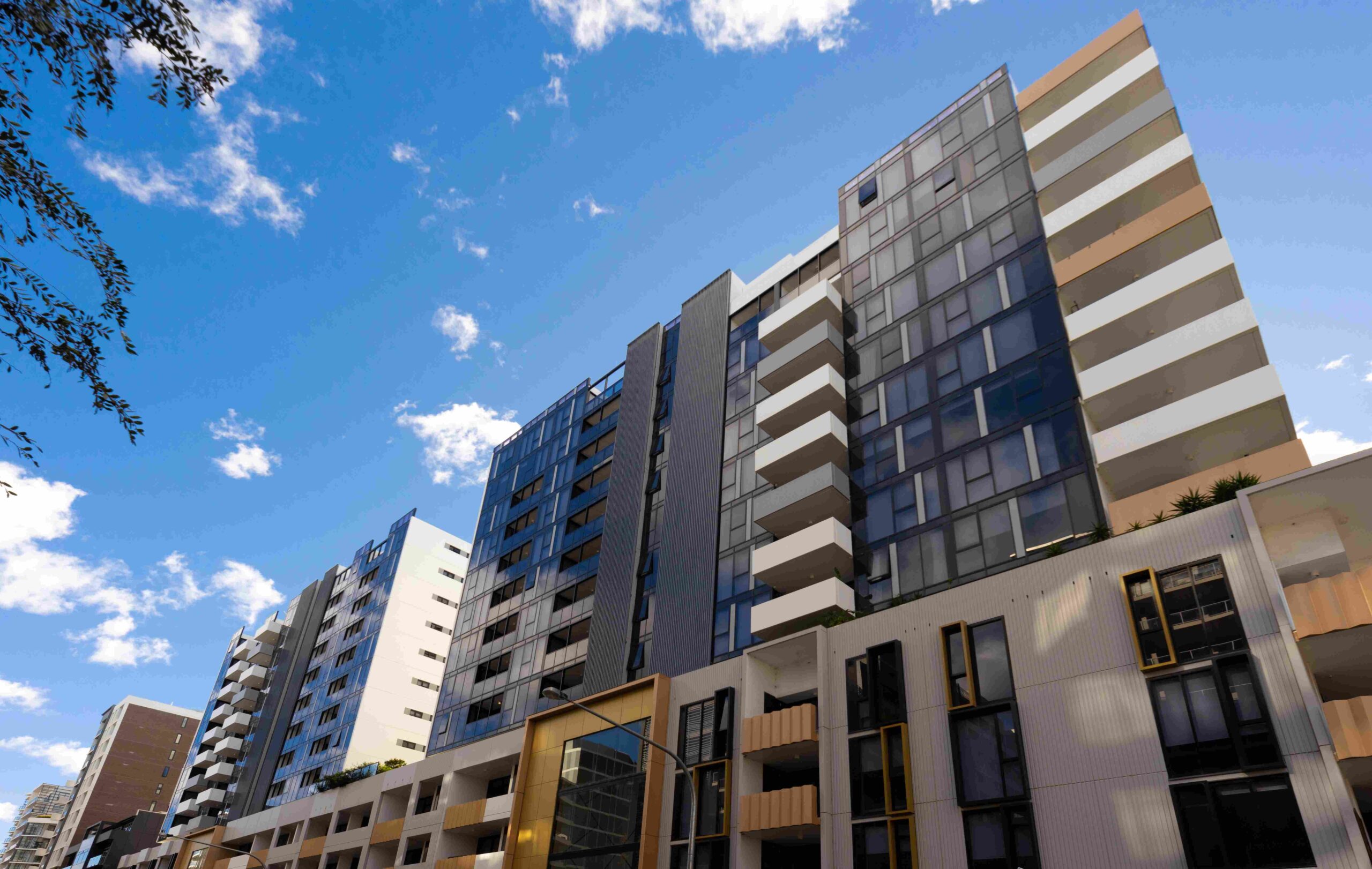A lack of supply in the apartment market will force buyers to buy off-the-plan and pay higher prices to cover rising construction costs, with the situation more dire in South East Queensland compared to the rest of the country, according to a new report.
The Australian Apartment Market Overview for the first quarter of 2024, produced by JLL, found apartment supply levels were falling well short of underlying demand and the situation would only worsen as demand continues to rise and supply stays moderate.
JLL Head of Residential Research Leigh Warner said under-supply levels would worsen over the next few years and the lack of available stock would force buyers into the pre-commitment market and to pay more for off-the-plan apartments to compensate for higher construction costs.
“Affordability is now being stretched in all our major cities. While it has been the case for a long time that buyers would have to start their housing journey and often stay in an apartment longer in Sydney because of affordability, the rest of the country is rapidly catching up and this is boosting underlying demand for apartments relative to the past,” Mr Warner said.
The report found that South-East Queensland faced an acute apartment shortage due to combination of very strong population growth and extreme constraints on construction labour as major infrastructure projects ‘crowded out’ apartment construction projects.
“The results are very concerning, the region is falling well behind implicit attached dwelling targets set out in the Southeast Queensland Regional Plan 2023, particularly in the Brisbane City Council and Gold Coast areas that are currently building only around half the target levels,” Mr Warner said.
He said there was also some doubt the targets in the plan were high enough given recent record population growth.
“Even though the regional plan was only released in 2023, recent population growth has far exceeded even ‘high’ ABS population growth figures.
“While this current overseas migration boom may well just be borrowing from future growth and mean lower outyear growth rates, it still means that SEQ is starting from an even worse position of under-supply and it will take a long-time to catch up,” Mr Warner said.
He said planners acknowledged that attached dwellings needed to be a larger share of dwellings moving forward, but they could still be under-estimating by how much.
“Affordability has pushed new detached dwellings beyond the reach of most first homebuyers recently, which may ultimately mean more start in an apartment or townhouse and stay in that dwelling type longer.”








